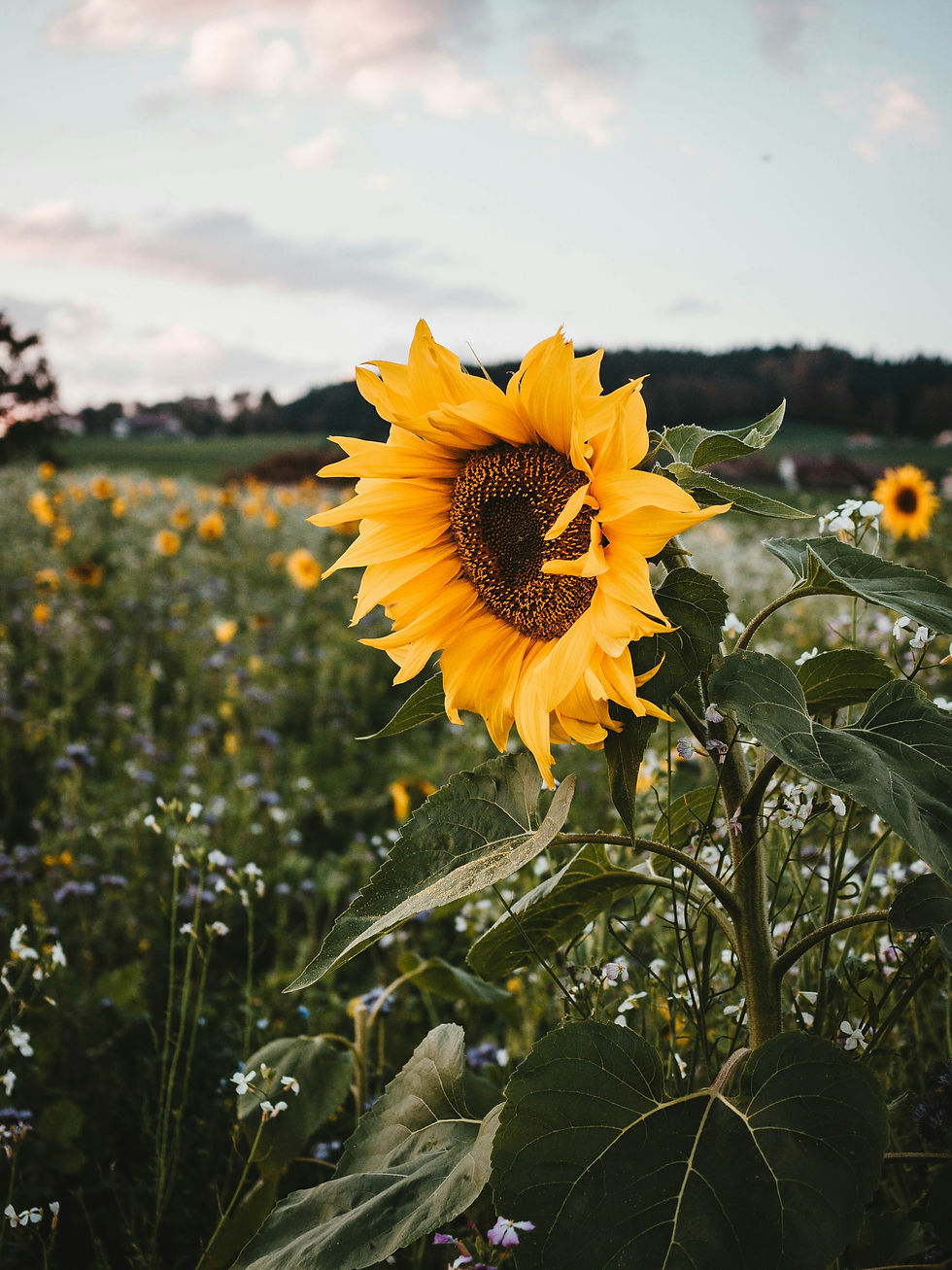History and Meaning of Chrysanthemum Flowers
- shopveryessential
- 5 days ago
- 3 min read
There’s something quietly noble about a chrysanthemum. It doesn’t shout for attention, it radiates it. The way its petals unfold feels like a meditation in itself: gentle, layered, full of wisdom. For thousands of years, this flower has been celebrated for more than its beauty; it's been a symbol of endurance, healing, and light in the darker seasons of life.

Ancient Roots: From China to Japan
The story of the chrysanthemum begins in ancient China, over 2,500 years ago. Emperors once grew these flowers in their private gardens, believing they carried the energy of longevity and nobility. Chrysanthemums weren’t just admired, they were respected. The petals and leaves were brewed into medicinal teas to cool the body, clear the mind, and bring balance to the spirit.
From there, the flower traveled east to Japan, where it found a new home and a new kind of reverence. The Japanese embraced the chrysanthemum as a symbol of the Imperial Family, and to this day, the emperor’s throne is called The Chrysanthemum Throne. Every autumn, Japan celebrates the Festival of Happiness, honoring this golden flower for its beauty, purity, and life-giving energy. Across both cultures, chrysanthemums became more than decoration; they were woven into medicine, art, poetry, and prayer.
A Flower of Many Meanings
Chrysanthemums carry different messages depending on where you are in the world.
In Asia, they are seen as symbols of longevity, rebirth, and noble spirit.
In Europe and parts of the West, they represent friendship, honesty, and well wishes.
In some cultures, especially when white, they’re used to honor the departed, a reminder that endings are simply another kind of beginning.
But beyond the cultural symbolism, chrysanthemums hold a universal vibration: the energy of transformation.They remind us that beauty doesn’t fade, it evolves. That healing can be soft, steady, and deeply personal.
Energetic Meaning and the Heart Chakra
Energetically, the chrysanthemum resonates with the Heart Chakra (Anahata), the center of love, compassion, and emotional balance. Its gentle yet radiant energy opens us to forgiveness and softness. It helps calm emotional storms and remind us that vulnerability is strength. When we’re holding pain, resentment, or grief in our hearts, chrysanthemum energy brings a quiet kind of light not the blinding kind that demands we move on, but the steady glow that whispers: you can heal at your own pace.
Having chrysanthemums nearby in your home, garden, or altar helps harmonize the emotional body. They carry the frequency of peace and harmony, and their presence alone can lift the energy of a space.
Medicinal and Spiritual Healing
Traditional Chinese Medicine has long used chrysanthemums as a cooling and cleansing herb. Chrysanthemum tea made from dried petals steeped in warm water is known to:
Reduce inflammation and stress
Support eye and liver health
Ease headaches and anxiety
Detoxify and calm the nervous system
Drinking the tea feels like an act of love, a gentle way to clear what’s been clouding your inner world. On a spiritual level, chrysanthemums help release stagnant emotions. They encourage renewal, helping us let go of what’s no longer aligned with who we’re becoming.
The Emotional Medicine of the Mum
In flower language, chrysanthemums are a balm for the heart. They bring joy where heaviness lives, peace where tension sits, and grace where grief lingers. Their presence softens the edges of our emotional pain and helps us come back to balance body, mind, and spirit.
To work with chrysanthemum energy, try:
Placing a bouquet in your living space to bring harmony and warmth
Drinking chrysanthemum tea during meditation or journaling
Sitting quietly with the flower and visualizing green light filling your chest
Using the image or essence of the flower when working through heartbreak, fatigue, or transitions
The chrysanthemum blooms when most flowers have faded in the cool days of autumn. That alone feels like a lesson: even when the world grows cold and uncertain, there is still color, still life, still beauty. This flower teaches us that endings are simply another kind of blooming that we can begin again, again and again. So, the next time you see a chrysanthemum, pause. Notice its patience. Its structure. Its quiet radiance. And remember that like the mum, you too are made to endure, to open, and to shine, even after the storm.




Comments